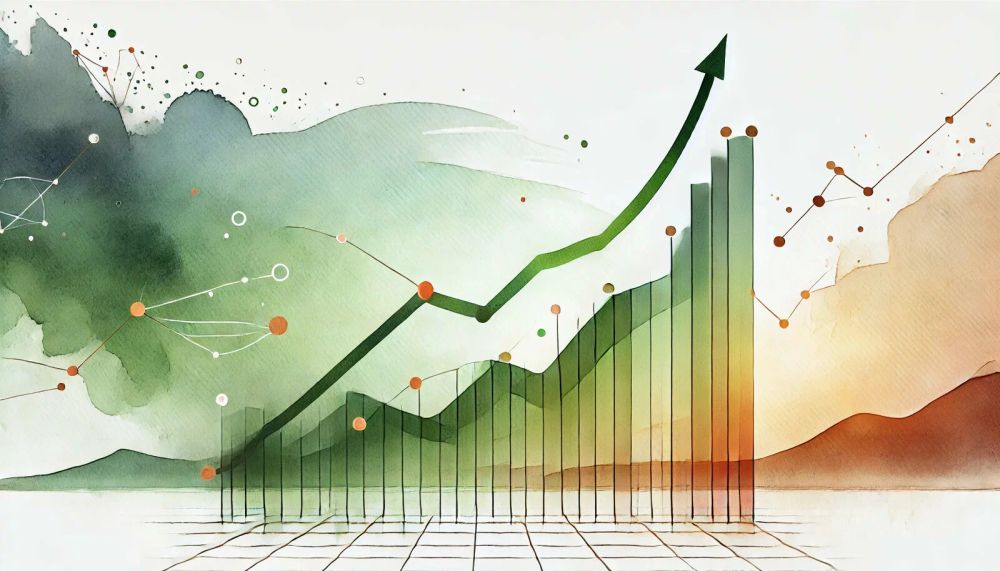American Institute for Boys and Men
@aibm.bsky.social
410 followers
1.1K following
260 posts
The only national research organization dedicated to issues affecting boys and men.
The American Institute for Boys and Men conducts non-partisan research on issues that affect the well-being of boys and men across the United States.
Posts
Media
Videos
Starter Packs
















